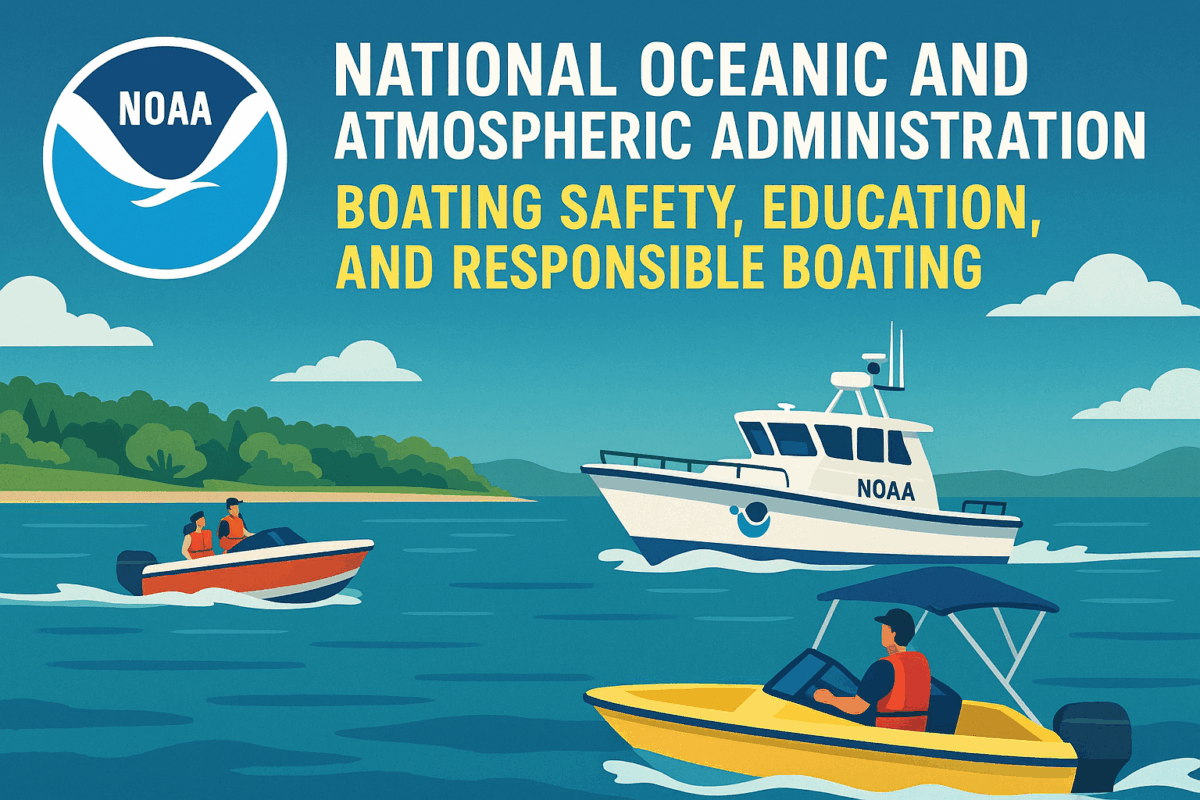Call: 1-800-832-7191

NOAA’s Explainers
Discover the Value of NOAA’s Explainers
Understanding oceanic and atmospheric science can feel overwhelming. Fortunately, NOAA’s Explainers simplify complex topics for the public. These resources break down scientific concepts into digestible, engaging formats that anyone can understand.
Instead of technical jargon, they use clear language and visuals. This approach helps students, educators, and boaters grasp essential information quickly. Whether you’re curious about climate change or marine ecosystems, these explainers offer reliable insights.
How NOAA’s Explainers Support Public Education
Accessible science education builds informed communities. This effort plays a key role in this effort. They cover topics like weather patterns, tides, and conservation strategies. Each explainer connects real-world events to scientific principles.
By linking theory to practice, these resources foster deeper understanding. Teachers often use them in classrooms to spark curiosity. Boaters and coastal residents rely on them to stay informed about environmental changes.
For more science-based educational tools, visit the NOAA Education Resources page.
Topics Covered in NOAA’s Explainers
Explainers span a wide range of subjects. Climate science, ocean currents, and severe weather events are frequently featured. Each topic includes visuals, definitions, and real-life applications.
These resources also highlight NOAA’s role in monitoring and protecting natural systems. Readers learn how data collection supports forecasting and emergency response. This transparency builds trust in NOAA’s mission and methods.
Why this is Ideal for Boaters
Boaters benefit from accurate, timely information. NOAA’s Explainers help them understand weather alerts, sea level rise, and navigation hazards. This knowledge improves safety and decision-making on the water.
Explainers also clarify how human activity affects marine environments. By learning about pollution and habitat loss, boaters become better stewards of the sea. These insights encourage responsible boating practices.
Enhancing Coastal Awareness Through NOAA’s Explainers
Coastal communities face unique challenges. Rising tides, erosion, and storm surges demand attention. NOAA provides context for these issues and suggest practical responses.
Residents can use this information to prepare for emergencies and protect property. Local governments often reference explainers when planning infrastructure improvements. This shared knowledge strengthens resilience and community planning.
Final Thoughts:
Reliable science communication empowers individuals. NOAA’s Explainers make environmental knowledge accessible and actionable. They bridge the gap between research and public understanding.
Whether you’re teaching, boating, or simply curious, these resources offer valuable guidance. Explore them regularly to stay informed and engaged with the natural world.
